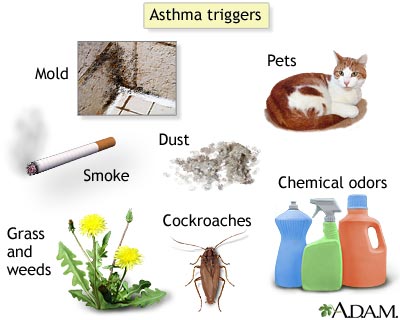The effects of residing in an Urban Metropolitan community that was home to three major car manufacturers and major oil refineries can generate havoc in a young child’s life. Asthma impacted the lives of my three young children while residing in Detroit, Michigan. The air quality in the Metropolitan area, is extremely toxic. Asthma is a condition that Based on my own personal experience with the condition, asthma constricts the airways and can be fatal if it goes untreated or undiagnosed. Children with asthma use inhalers and nebulizers to maintain an unrestricted air passage. The condition can have a profound effect on a child psychological, socially and cognitively.
The stressors of this disease, caused my children to miss leisure activities and school, it affected their social interactions with other children and limited their access to educational fulfillment. According to The British Broadcasting Corporation (BBC) 2013, Pauwels, acknowledges that, “a third of child asthmatics suffer a great deal of pain or discomfort, including psychological damage which can lead to poor self-esteem and problems forming relationships with peers.” In my opinion, the social constraints of this sometimes debilitating disease could not only hinder a child’s developmental growth, it could also lead to poor self-image and depression do to the lack of interactions and restrictions that a child endures.
As stated by the World Health Organization (2011), “asthma effects some 235 million individuals. This condition is not always caused by environmental pollutant however, the number of countries and children affected by this condition is devastating.
Facts provided by the BBC (2013), provide additional insight about this debilitating disease. There are many countries that are affected by asthma, the worst countries plagued by this condition include, Ireland, the UK, Australia and New Zealand. Studies show that in Australia, the condition has been noted to affect, “one child in six under 16.” In addition to Australia, children between the age of five and 11 years of age, have shown indications of the condition.
To learn more about the drastic toll that asthma has taken on countries around the world, visit the referenced websites listed below.
Reference
http://news.bbc.co.uk/2/hi/health/background_briefings/international/233287.stm
http://www.who.int/mediacentre/factsheets/fs307/en/index.html
